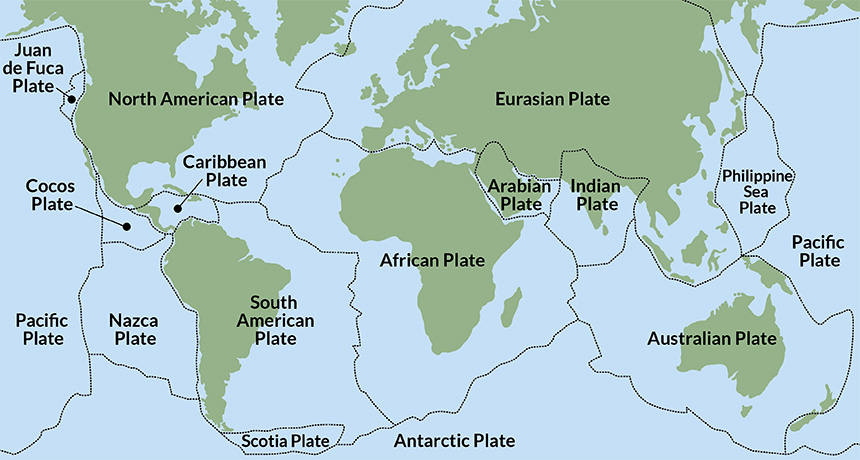50 years ago, continental drift began to gain acceptance
Excerpt from the April 29, 1967, issue of Science News

FULL OF PLATES Earth’s outer crust is composed of more than a dozen large pieces, known as tectonic plates, which bump or slide against each other.
Peter Hermes Furian/Shutterstock
 Drifting theories shake up geology
Drifting theories shake up geology






